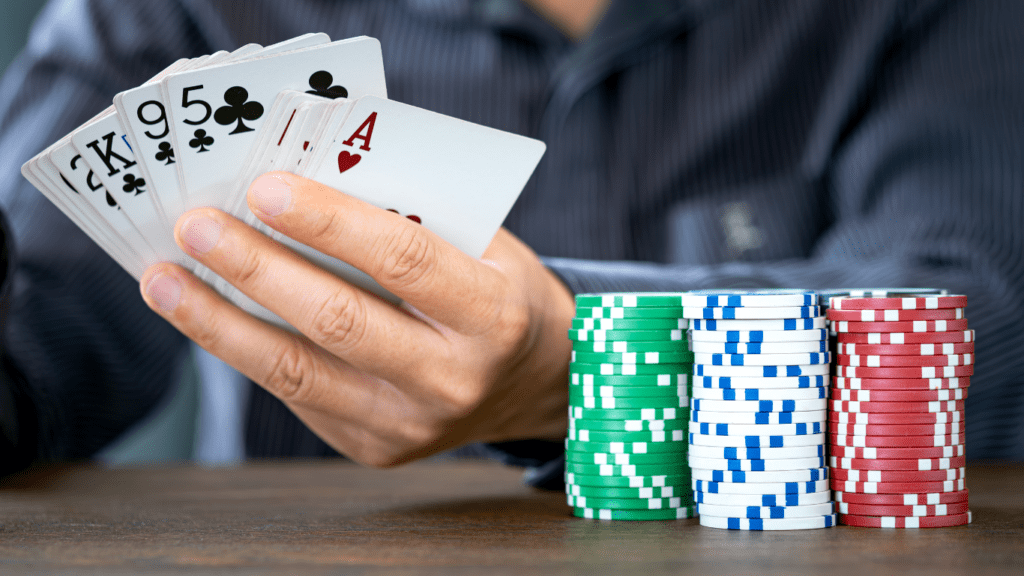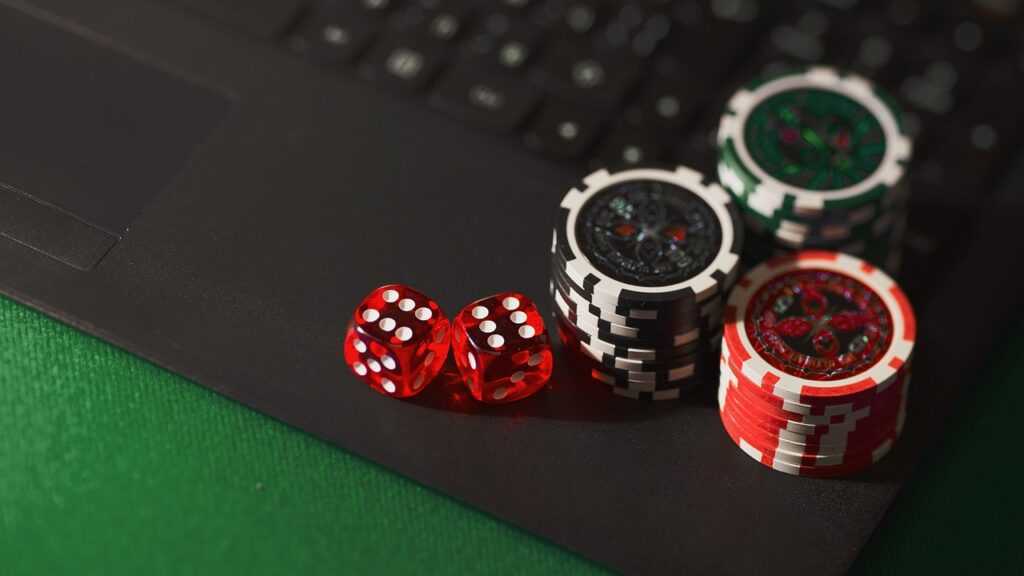Understanding the Basics of Blackjack
Blackjack involves a combination of chance and skill where the aim is to defeat the dealer by having a card total closest to 21 without exceeding it. Two initial cards are dealt to each player and the dealer. Players decide to “hit” for extra cards or “stand” to keep their total. If the total exceeds 21, the player “busts” and loses the round.
Card values in blackjack are straightforward, with cards 2-10 valued at their face value, face cards (jack, queen, king) valued at 10, and aces flexible at either 1 or 11. A “blackjack” occurs when the initial deal consists of an ace and a 10-value card, offering a strong advantage.
The basic strategy forms the foundational knowledge without which players can’t effectively apply advanced card counting. It involves decision-making based on the player’s hand and the dealer’s visible card. This strategy minimizes the house edge, increasing the chance of walking away with positive outcomes.
The Role of Card Counting in Blackjack
Card counting plays a pivotal role in blackjack as it shifts the balance between luck and skill. It enables players to make decisions based on previous cards and predicted outcomes.
History of Card Counting
Card counting’s origins date back to the 1960s when Dr. Edward O. Thorp introduced the concept in his book “Beat the Dealer.” This groundbreaking work laid the foundation for modern techniques by demonstrating that players could gain an edge over the house through strategic play. Since then, card counting has evolved, with players refining methods to adapt to changing casino rules and game variations.
Why Card Counting Works
- Card counting works by tracking high and low cards in the deck to determine the player’s advantage.
- High cards (10s and Aces) favor the player, increasing the chances of hitting a blackjack or improving one’s hand.
- Conversely, a deck rich in low cards favors the dealer.
- By assigning a point value to each card, players can calculate the deck’s composition, allowing them to adjust betting strategies and decisions, ultimately reducing the house edge.
Advanced Card Counting Techniques

Mastering advanced card counting techniques enhances blackjack strategies and increases winning potential. Familiarity with different systems allows players to choose the best fit for their style and improve their game.
Hi-Lo System
The Hi-Lo system involves tracking each card’s value to maintain a running count. In this method, cards 2-6 are counted as +1, 7-9 as 0, and 10s, face cards, and aces as -1. I keep a running total as cards are dealt, adjusting my bet based on the count. A positive count indicates a higher concentration of high-value cards, offering an advantage and prompting increased bets.
Omega II System
The Omega II system offers more accuracy but requires tracking more values. Cards 2, 3, and 7 are each worth +1, cards 4, 5, and 6 are +2, 9 is -1, while 10s and face cards are -2, and aces are 0. This count demands keen attention but provides finer predictions. I adjust my bets based on these counts, as a high positive total suggests favorable odds.
Zen Count
The Zen Count balances simplicity and precision. Cards 2, 3, and 7 are assigned +1, 4, and 5 are +2, 6 is +1, 9 is 0, and 10s and face cards are -2 with aces at -1. This method requires tracking several values, but I find that the additional effort results in a more effective card count for betting strategies and outcome predictions.
Strategies for Perfecting Card Counting
Improving card counting in blackjack requires consistent practice and awareness of common pitfalls. These strategies help refine skills and maximize winning potential.
Practice Techniques
- Enhancing card counting needs regular practice using simulation tools.
- Card counting apps mimic real-game scenarios, allowing players to test their skills without financial risk.
- Practicing with a physical deck of cards builds muscle memory, essential for in-game accuracy.
- Tracking flashcards rapidly enhances speed and precision in counting.
- Engaging in online blackjack games offers live practice with varied game dynamics.
Avoiding Common Pitfalls
- Avoiding distractions during play is vital to focus on the count.
- A noisy environment or engaging conversations can lead to errors in card tracking.
- Ensuring betting patterns remain consistent helps avoid detection by casino staff.
- Varying bet sizes based solely on card count can attract unwanted attention.
- Maintaining a modest profile in both wins and losses prevents drawing attention from casino personnel.
- Avoiding overconfidence keeps strategies sharp and calculations accurate, mitigating expensive mistakes.
Legal and Ethical Considerations
Card counting in blackjack, while a legitimate strategy, often sits in a gray area legally and ethically. Casinos might perceive it as a threat since it can tip the odds in my favor. In the US, card counting is not illegal at the federal level, as long as I don’t use external devices. I use only my mind to keep track of the cards, which remains within the law, according to the American Gaming Association.
Casinos, however, may have their own rules. They can ask me to leave or ban me if they suspect I’m counting cards. For this reason, awareness and discretion are essential. It’s crucial that I blend in with other players to avoid detection while practicing card counting skills. Keeping consistent betting patterns can help maintain a low profile.
Ethically, opinions on card counting differ. Some view it as a fair use of skill to enhance gameplay, while others see it as exploiting the casino’s system. Understanding these perspectives helps me navigate the ethical landscape of blackjack. Focusing on strategy within legal boundaries ensures responsible gaming while pursuing big wins.



 Senior Gambling Analyst
Ingrid Cox is the Senior Gambling Analyst at Dice Gamblers Deal, responsible for providing deep, data-driven insights into the strategies and odds behind various casino games. With a background in mathematics and statistical analysis, Ingrid brings a scientific approach to her role, offering players accurate and well-researched information on everything from blackjack hand probabilities to optimal roulette betting strategies. Ingrid's expertise allows her to break down the complex odds of gambling games, offering readers tools to better understand their chances and improve their strategies. Her work focuses not only on the numbers behind the games but also on trends within the gambling world, helping players stay ahead of the curve. Ingrid’s ability to translate difficult concepts into understandable strategies makes her a trusted authority for both beginners and seasoned gamblers looking to enhance their skills.
Senior Gambling Analyst
Ingrid Cox is the Senior Gambling Analyst at Dice Gamblers Deal, responsible for providing deep, data-driven insights into the strategies and odds behind various casino games. With a background in mathematics and statistical analysis, Ingrid brings a scientific approach to her role, offering players accurate and well-researched information on everything from blackjack hand probabilities to optimal roulette betting strategies. Ingrid's expertise allows her to break down the complex odds of gambling games, offering readers tools to better understand their chances and improve their strategies. Her work focuses not only on the numbers behind the games but also on trends within the gambling world, helping players stay ahead of the curve. Ingrid’s ability to translate difficult concepts into understandable strategies makes her a trusted authority for both beginners and seasoned gamblers looking to enhance their skills.
